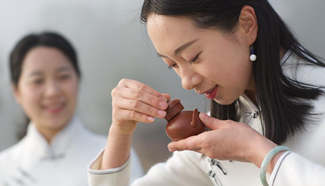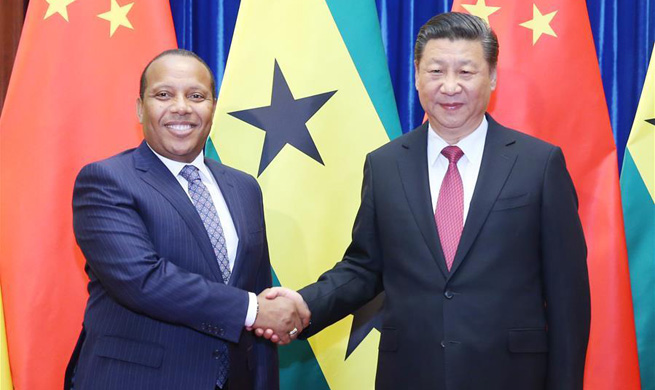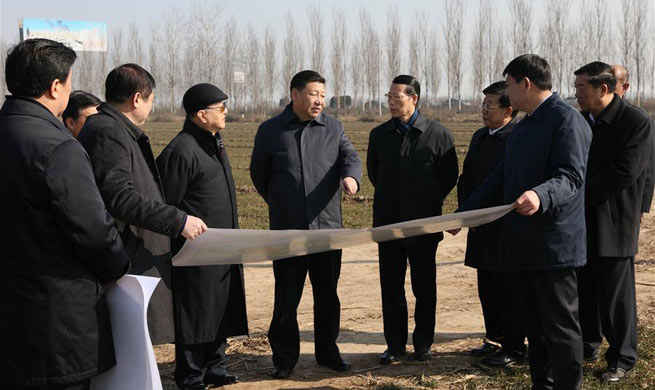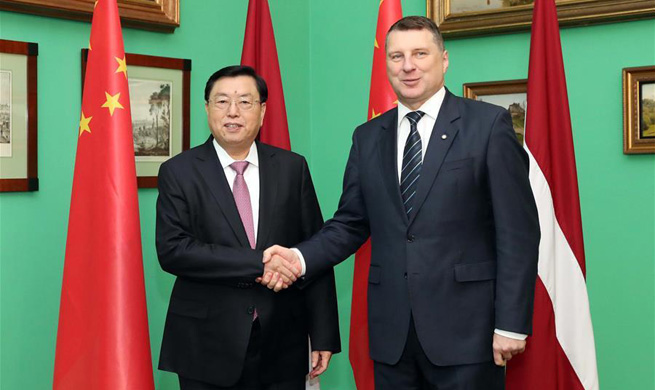XI'AN, April 14 (Xinhua) -- At least 10 percent of the dialect spoken by the Hui ethnic group in Xi'an City, northwestern China, has its roots in Persian or Arabic,illustrating the cultural blending along the ancient Silk Road.
Ding Xu, a Hui language scholar, recorded 4,500 Hui words over the past three decades, hundreds of which he found had derived from Silk Road regions.
The word leg, or "chuogang" in Hui, sounds exactly like the word for walking stick in Persian, said Ding.
"Walking sticks are just like legs for people with walking difficulties. Centuries later, the word is used for leg in Xi'an," he said.
Two thousand years ago, Zhang Qian, a diplomat, was dispatched as envoy to the Western Regions, today's central and west Asia. Caravans along the Silk Road carried China-made silk, tea and porcelain westward, and brought back pepper, carrots and horses.
"Many Persians married and settled in the city, adding their own words to the dialect," said Ding.
Ding said introduction of goods from Silk Road regions also led to new words, such as the Hui dialect "bage," meaning parrot, which is derived from the Arabic word "bahgha."
Ding has compiled a book with his findings.
The Hui are the largest Muslim ethnic group in China, with the majority of the population in the country's northwestern regions, such as Ningxia, Qinghai and Shaanxi. Hui does not have a written form.

















